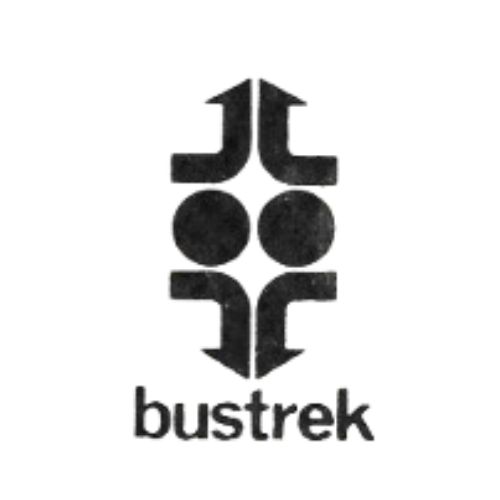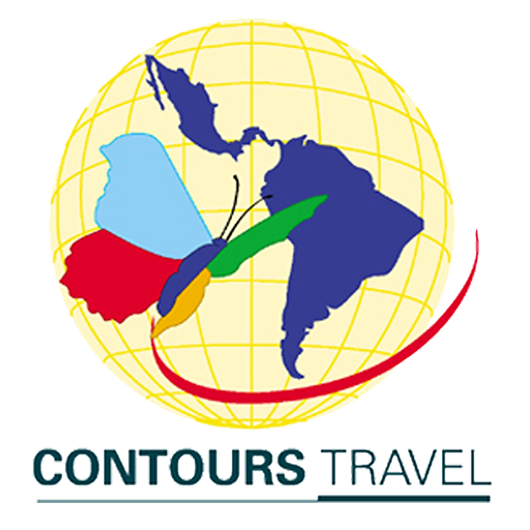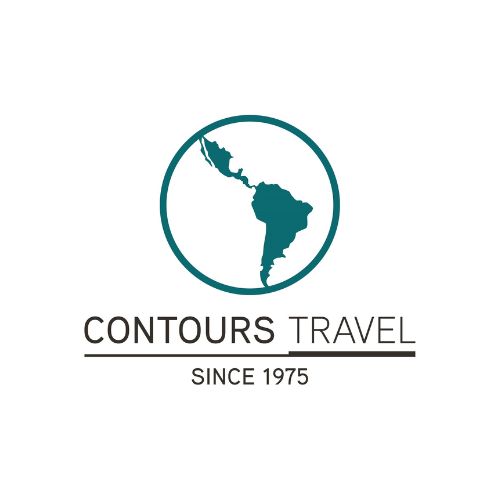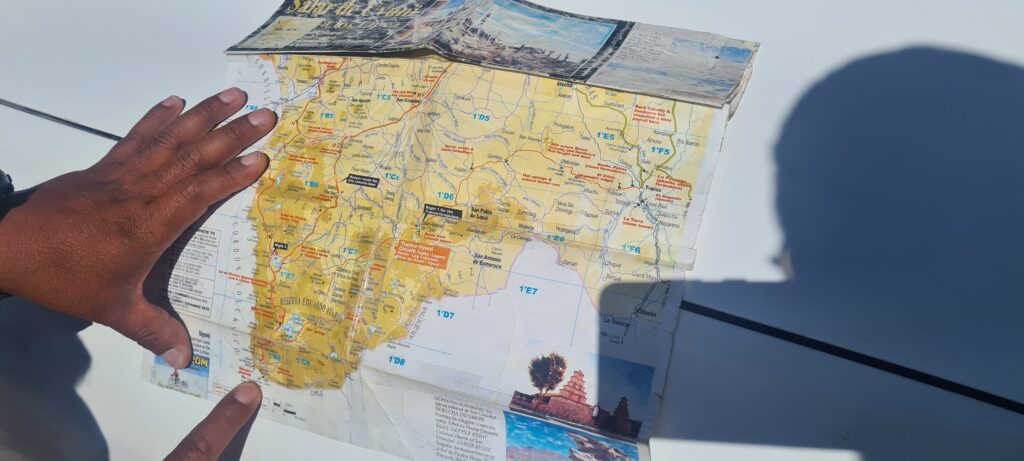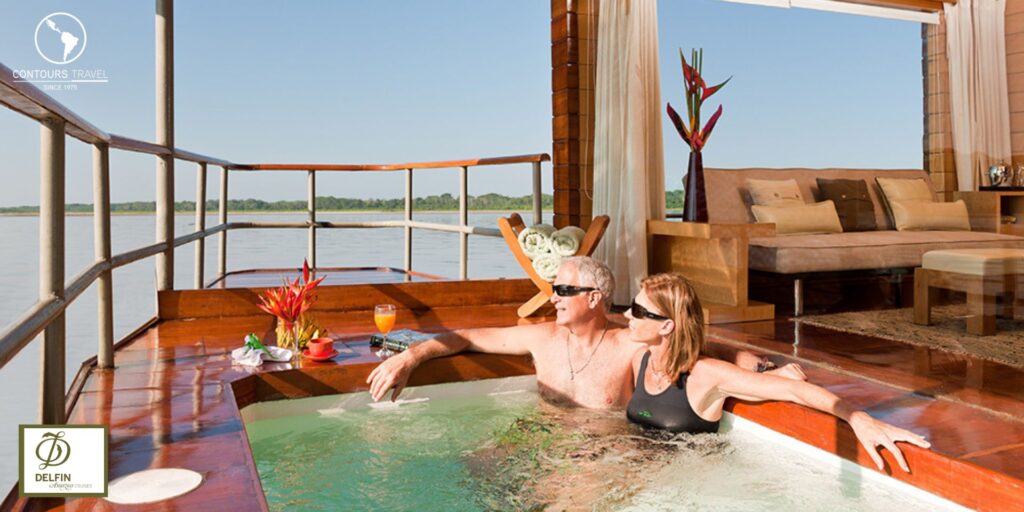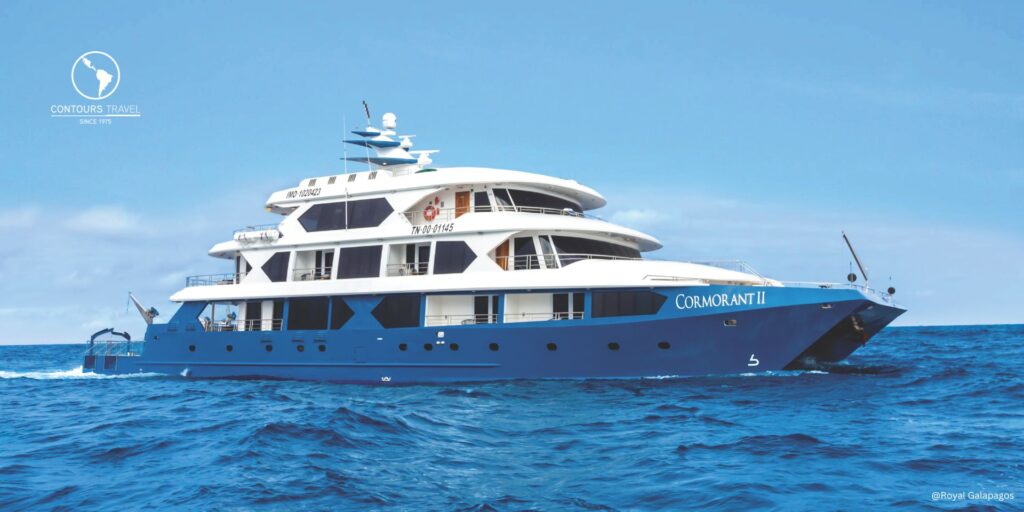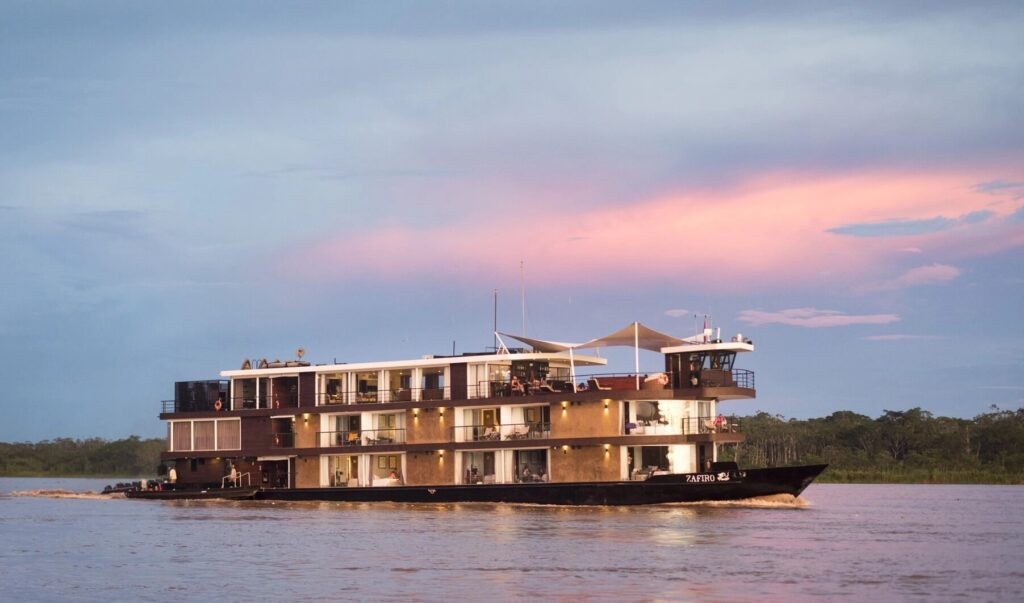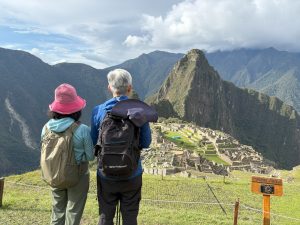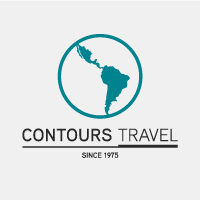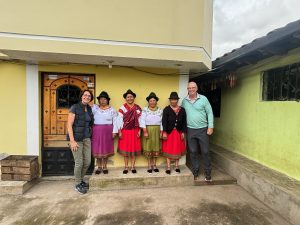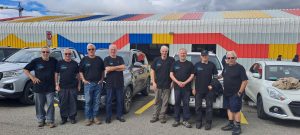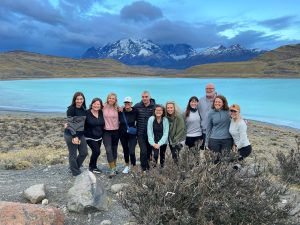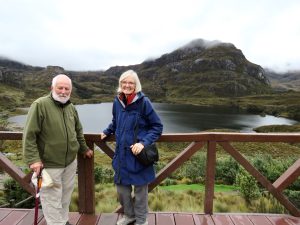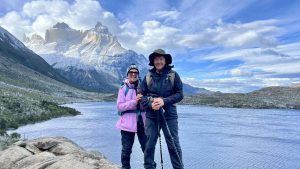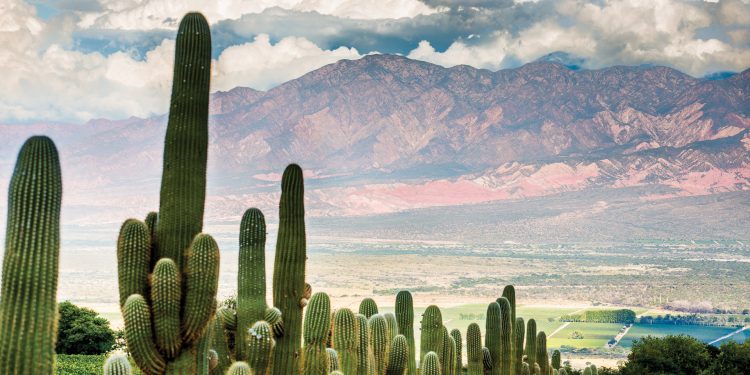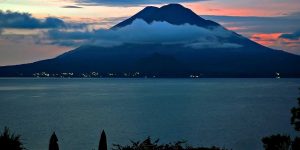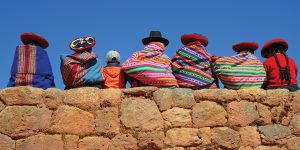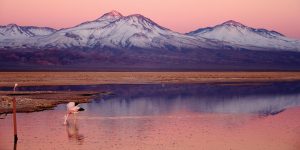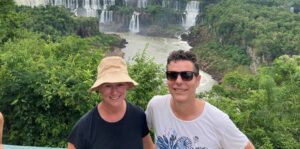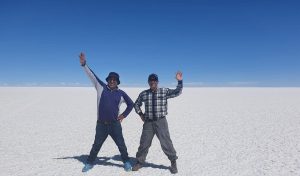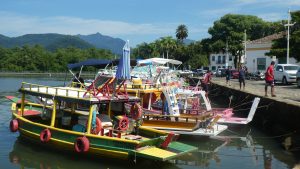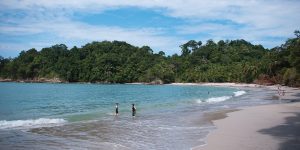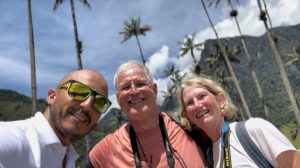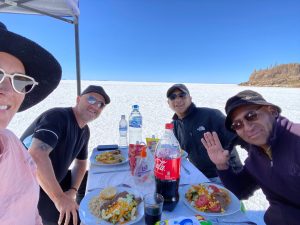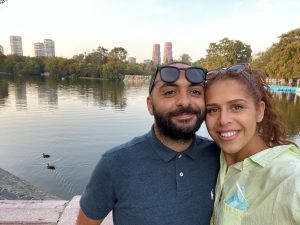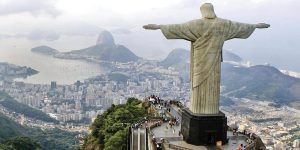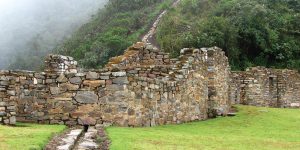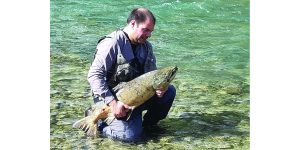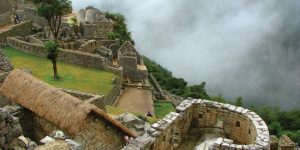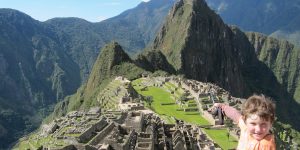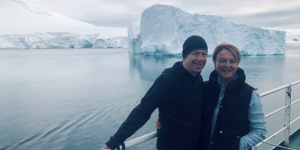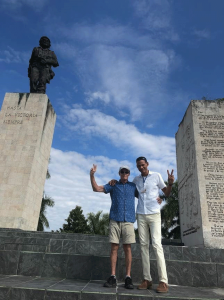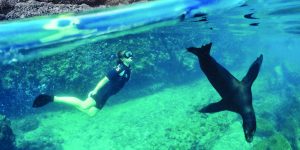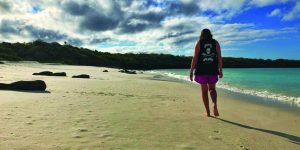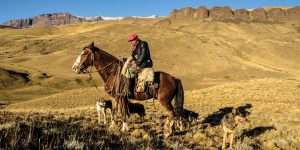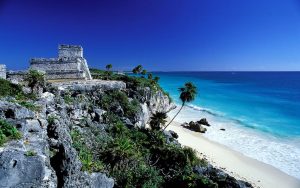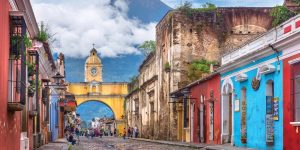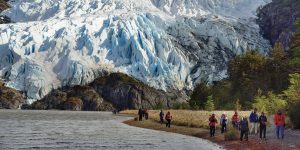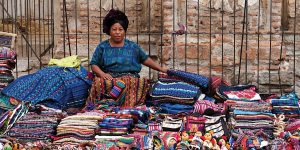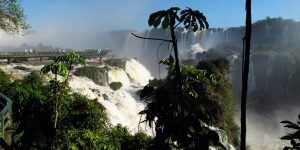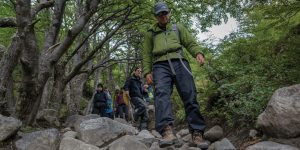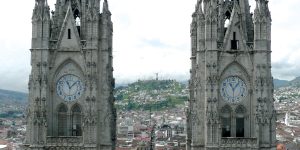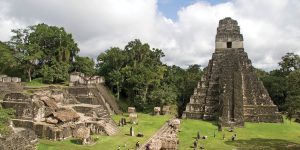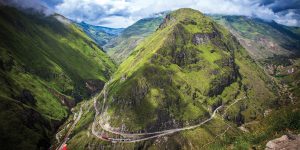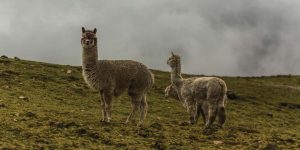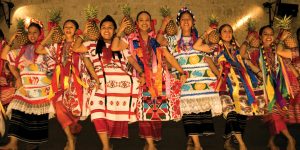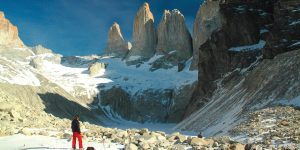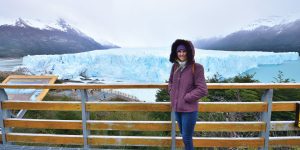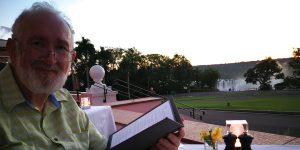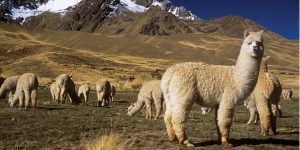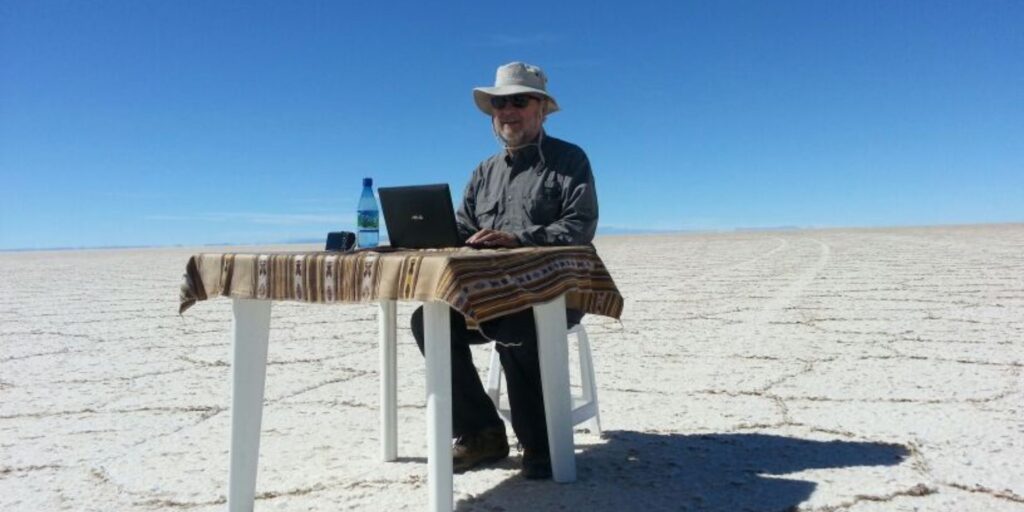
Contours Travel Australia, the South America travel experts, is celebrating 50 years in travel to South America, Mexico, Central America and Antarctica in 2025 – and in 50 years, you can guarantee that there will be a story or two to be told! We sat down with founder, Ted Dziadkiewicz, to discuss the history of Contours Travel and how it has thrived and grown from its humble beginnings.
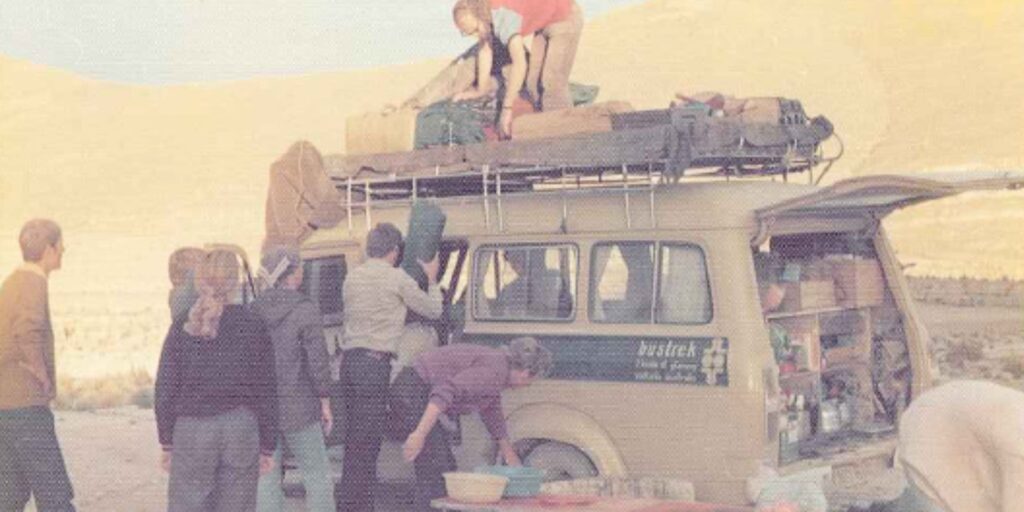
Q. Ted, how did Contours Travel first come to be? What inspired you to start a travel agency 50 years ago?
Ted: I travelled overseas in 1968 on what was called a long working holiday in those days, to the UK. I did several jobs and then found I could have a look at Europe by doing a training trip for a company called Contiki. I got the job as a driver/guide in the 1969 season, driving two-to-nine week tours around Europe. I returned home early in 1970 and walked back into the job I had when I left.
In the meantime, I had made friends with other drivers (as you do). One was Graham Strachan, who drove in Europe and also did the overland tours Kathmandu-London and London-Johannesburg. Graham returned home in 1972. We met and discussed the possibility of overland camping tours in North and South America. At that time, no one was running tours in the Americas. Graham took off, and did the exploratory tour from Montevideo to New York. He said yes, it was possible, and we started an overland company called BUSTREK.
We ran three-month tours between NYC and Panama and between Bogota and Rio. Yes, we took bookings for tours that ran for six months. This was late 1973. I went over in 1975 to drive from NYC to Panama and Bogota to Rio. That’s when I started to record my visits, so I say I’ve been travelling to Latin America since 1975.
BUSTREK operated for another three or four years, and we eventually sold our buses/equipment to another Australian driver based in Toronto, Bruce Hodge, who now runs one of the largest tour operators in Canada, called GOWAY Travel. Bruce ran overland camping tours in Canada/USA.
Back home, in 1979-1980, I started a retail travel agent, selling airfares and tours to South America. Contours Travel was registered in 1980. As I loved and still do love the Andes, mountains, and all things Latin America, I thought the name was appropriate. Named for the contours of the Andes. I think our first logo had lines in the design.
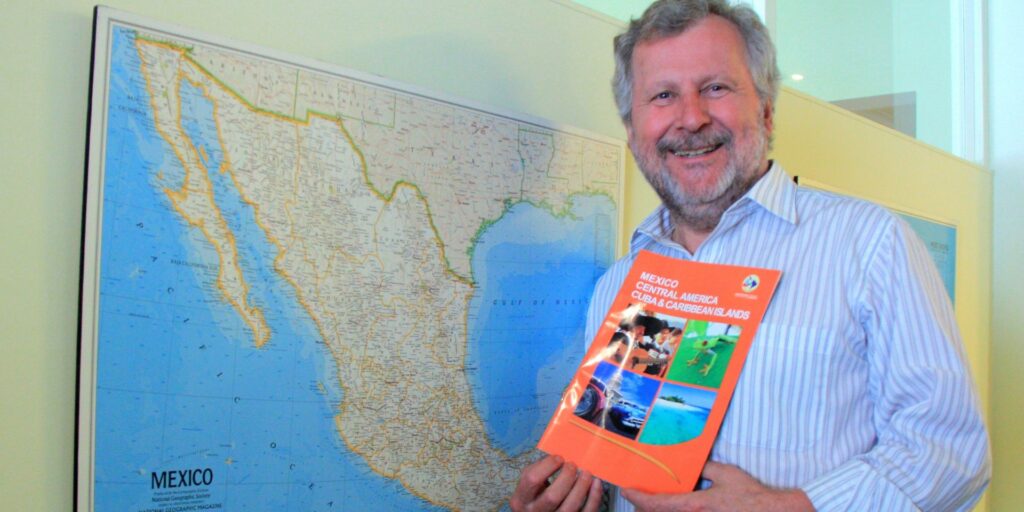
Q. What was the travel industry like in the 1970s compared to today? What were some of the biggest challenges and rewards of running a travel agency back then?
Ted: The biggest challenge was the form of communication – that is, keeping in touch with drivers regarding paying expenses, bus parts, equipment, border crossings, and passengers. We would receive bookings from our GSA offices, our overseas representatives. Often we relied on long-distance pre-booked phone calls to the local post office in a capital city to maintain contact with drivers and passengers. Sometimes we would ask our passengers to carry small car parts and cash to our drivers.
Yet, somehow, it all worked out.
I think it worked because we trusted each other. Anyone remember the blue aerogrammes? Mail was sent to “poste restante”, and this worked well. Then came along the good old telex machines, or teletypewriters. Today, as we know, everything is instant.
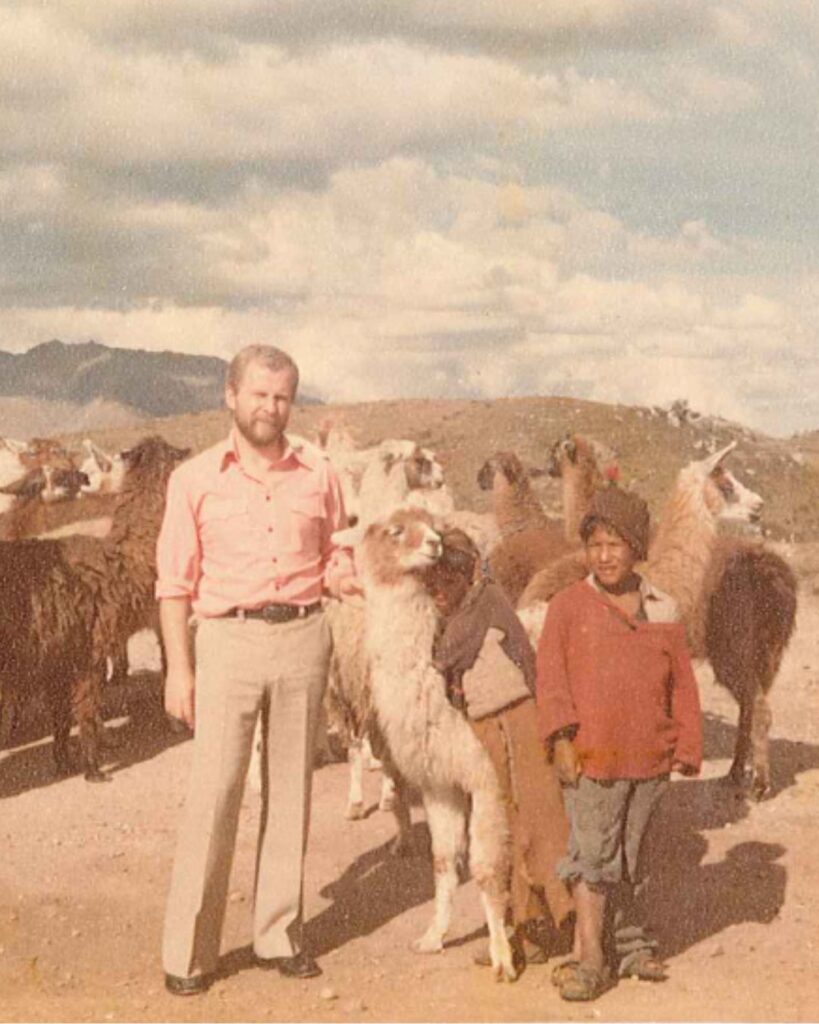
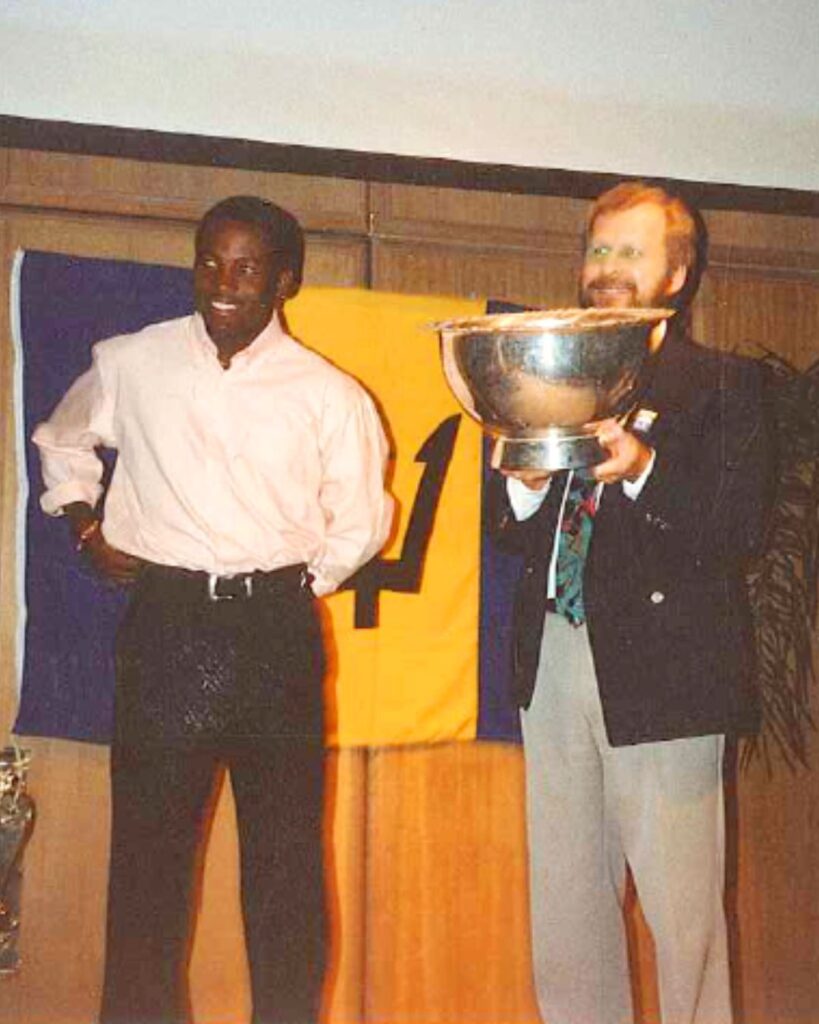
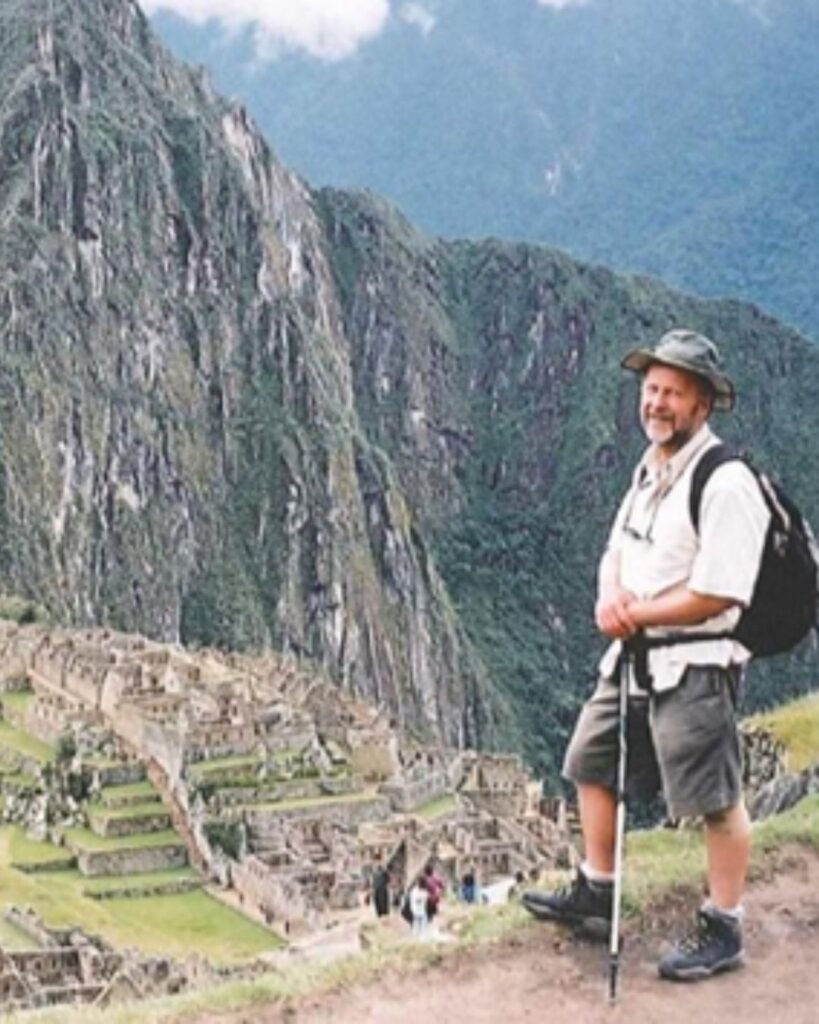
Q. How has technology impacted the travel industry and Contours Travel specifically? What’s the most significant technological change you’ve witnessed?
Ted: I think technology has made a great impact on travel and tourism as a whole. We are able to access amazing amounts of information on destinations around the world and, of course, airline reservations through GDS and land service reservations (hotels, tours, transport, entry tickets to historic sites like ruins, museums). I see all this as a very positive impact. However, we need to make sure that what we book is genuine and authentic, as there is also so much false, incorrect, and spam information.
For me, the most significant change is the adoption of software systems that we use for our internal reservations. To think back then, 30-50 years ago, we somehow managed to record our reservations on paper, in client files and folders. Today, we have different software systems that communicate with each other, offering us instant confirmations. The end result is that clients receive a very comprehensive itinerary with all relevant local information for each stopover destination and country, all available at the press of a button, so to speak. When we ran our overland camping tours a long time ago, each driver-guide carried what we called the “bible,” which was the South American Handbook, which was reprinted and updated every year, 500-600 pages of local information.
I think technology, if used in a positive manner, is the best thing for our tourism business, and at the same time, it can be the worst thing, as we often hear back from prospective clients, “Oh, but I read that…!” and we have proven that what they read was misinformation.
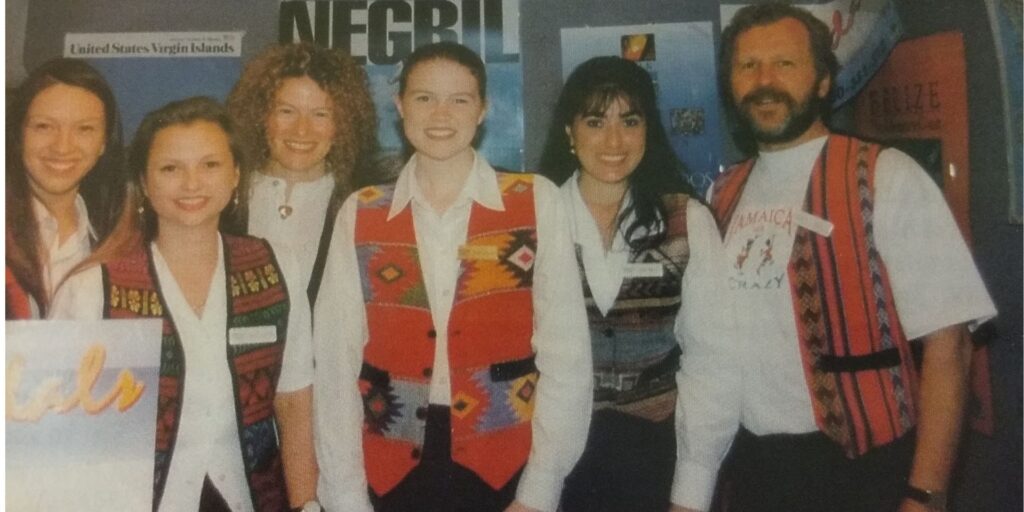
Q. Over the decades, what are some of the biggest shifts you’ve seen in where people travel and how they travel?
Ted: Because we only sold travel/tours to Latin America in those early years, almost every inquiry had the question: “Is it safe to travel to…?” So, we had to reassure our travellers that it was safe. And all this came about from the “bad news” stories that originated from Latin America. We had to explain how we work with our operators and reassure our clients that if it wasn’t safe to travel, we would not book it, and our operators would not take or make bookings that put clients at risk. Over the years, things settled down. Travellers returned unharmed, did not get sick, and were not robbed. They told us that they wanted to return, and a lot of them did. I think we had one client who went back six or seven times.
Most importantly, it was the local people they met and made friends with. Latinos are a very friendly and welcoming lot. So, as our business grew, and the biggest shifts were all to do with the infrastructure within each country, as new roads were built, railway networks were upgraded, and new hotels were built in scenically amazing areas and locations, from the Amazon to the desert to Patagonia, and new National Parks were created. We found our clients were travelling further and wider than the traditional Lima to La Paz in 15 days, plus Rio, Iguassu Falls, and home via Buenos Aires and/or Santiago. We have designed many itineraries that were over 100 days. What I love is that our clients studied, read, researched, and learned more about the destinations. They learned and believed it was a safe and great destination. Direct flights, of course, helped.
No one will believe it when we tell them that when we started to sell airfares way back when, the flight was Melbourne to Sydney, Sydney to Nadi, Nadi to Papeete, Papeete to Easter Island, and finally Easter Island to Santiago.
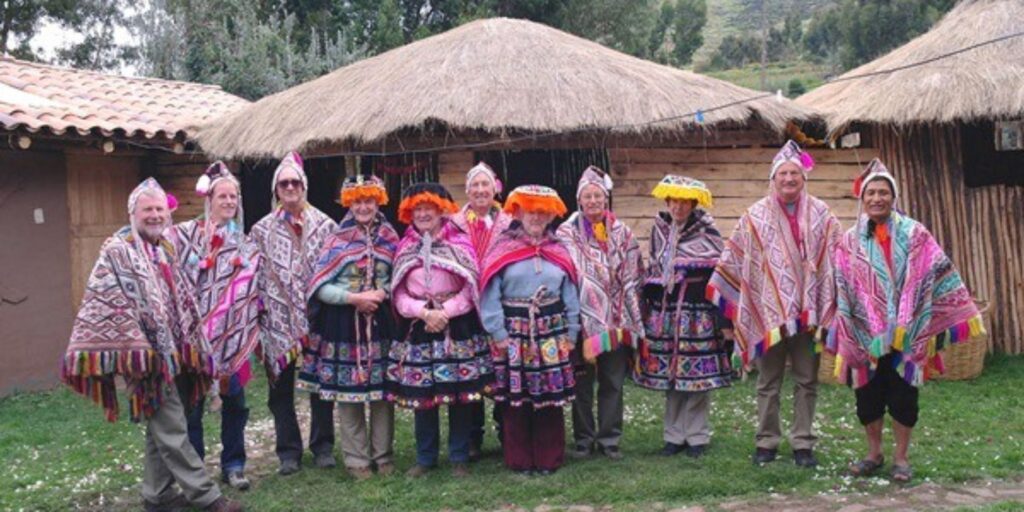
Q. How have travellers’ expectations and demands changed over the years?
Ted: I think they have changed due to clients’ previous travel experiences – say, to Europe -“well-travelled,” educated, learning about the destinations, and the budgets they set themselves. Some are more demanding than others. We found that keeping an open mind and the right attitude, accepting Latin America as it is, clients have the best time and best holidays. Latin America is incomparable to the rest of the world.
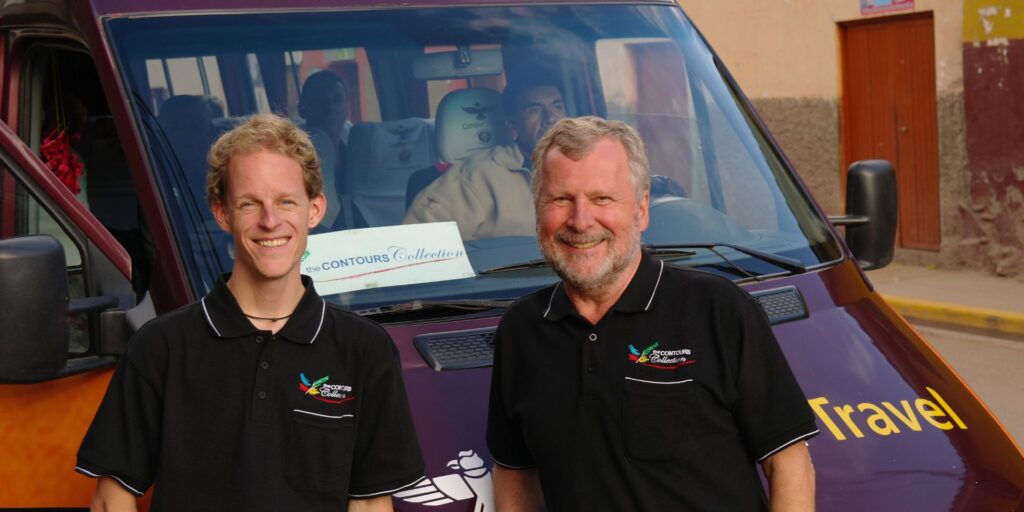
Q. Can you share a story about one of the most memorable or unusual travel experiences you’ve helped arrange for a client?
Ted: Over the last 49 years, there are plenty. Maybe ten or more years ago, a couple walked into the office who wanted to travel to South America. They were from a country Victorian farm and had never been overseas. So, we started the discussions with what the main items to see were, like Machu Picchu, the Amazon, Iguassu Falls, Rio. The first draft was about a 20-24 day itinerary.
They came back a week or two later and started to ask questions: What about this? – (a list of areas, local highlights) – can we do or add this?
I said, “Yes, of course we can.”
They started to look at some “off the beaten track” areas, which I thought was great. The question arose: How do we travel in some of these areas? We discussed self-drive car hire and also traveling on public transport. I told them that overland was a great way to discover the areas and the bus services and coaches were of a very high standard. They went away and came back the next week or so, and they just kept asking and adding more areas.
I said, “Yes, we can,” and had to work out a combination of transport: self-drive, long-haul bus routes, trains, planes, boats in the Amazon… 97 days later, we had the perfect tour for them!
Pleased to report, all went well, no dramas, they had the best time. During the many consultations, the farmer’s wife was not impressed with so many long bus rides; the husband could not get enough of them. Very funny.
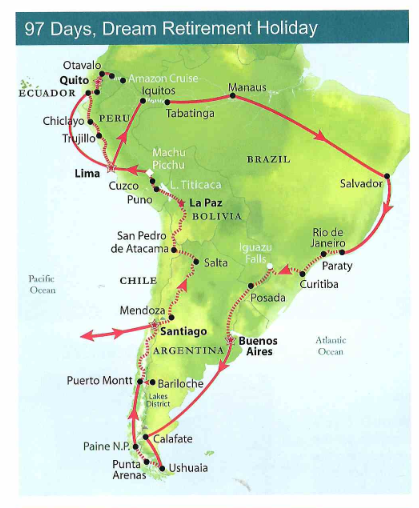
Q. What’s your favorite personal travel memory from the past 50 years?
Ted: One trip a long time ago, we took the children to Ecuador, where we did a cruise in the Galapagos Islands and in the Amazon along the Rio Napo. Lucasz (9 years old) and I took a dip/swim in the local lagoon, and when we returned back to shore, we were told by the locals that we swam with piranhas! Judy was not happy.
Upon returning back to Australia, the children were asked what they loved best, and they both replied, “The Galapagos” (over a visit to Disneyland).
Another time, we were walking the Inca Trail with four other friends. Good fun, an amazing track.
And just one more, we were leading a small group tour. When visiting Machu Picchu, one of our clients started to cry when she saw the ruins. “I always dreamt of visiting the ruins.”
Last one, our clean water filters, given out to schools and communities around the Sacred Valley (remote villages high in the Andes). I am a member of the Rotary Club of North Melbourne and this project was actually a pretty big deal to us, and took a while to set up. We were looking into and exploring how we could help find a sustainable project – and clean water became our goal. We had to find out how to deliver clean drinking water – and wells weren’t practical in some of the remote areas. So, we found these special Sawyer filters which turned out to be perfect – due to their simplicity – these filters produced 99.999% bacteria-free clean drinking water. All the schools and communities high up in the Andes needed was two buckets -one for the dirty water with a filter attached to the bottom and another bucket to catch the clean drinking water. So, with the help of our local office in Cuzco, local NGO’s and the Rotary Club of Cuzco we ran this project for a few years – right up until COVID – and our guests very generously donated toward the project too. Over the period of time the project delivered well over 200 filters!
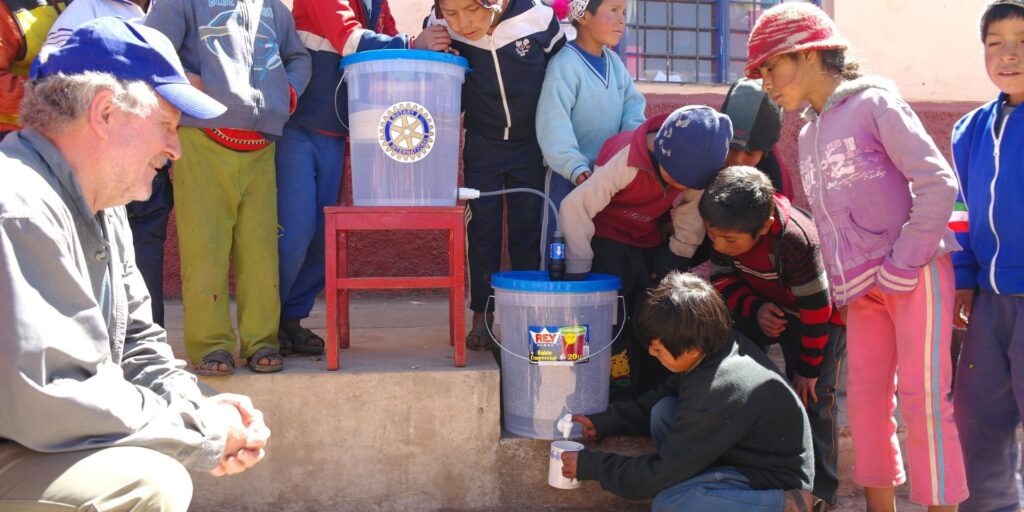
Q. The travel industry has faced its share of challenges (economic downturns, 9/11, pandemics). How has Contours Travel navigated these difficult periods?
Ted: Yes, we have quite a few challenges operating tours to Latin America. One memorable one was the Falklands War. No bookings. I always recall that as soon as it was over, the first few phone calls were, “Now that the war is over, we want to visit South America!”
We navigated the situation with the support of our staff and with the support and backup of the many businesses we traded with. Over the years, our business relationships turned into personal friendships, and this helped, plus having a backup financial plan.
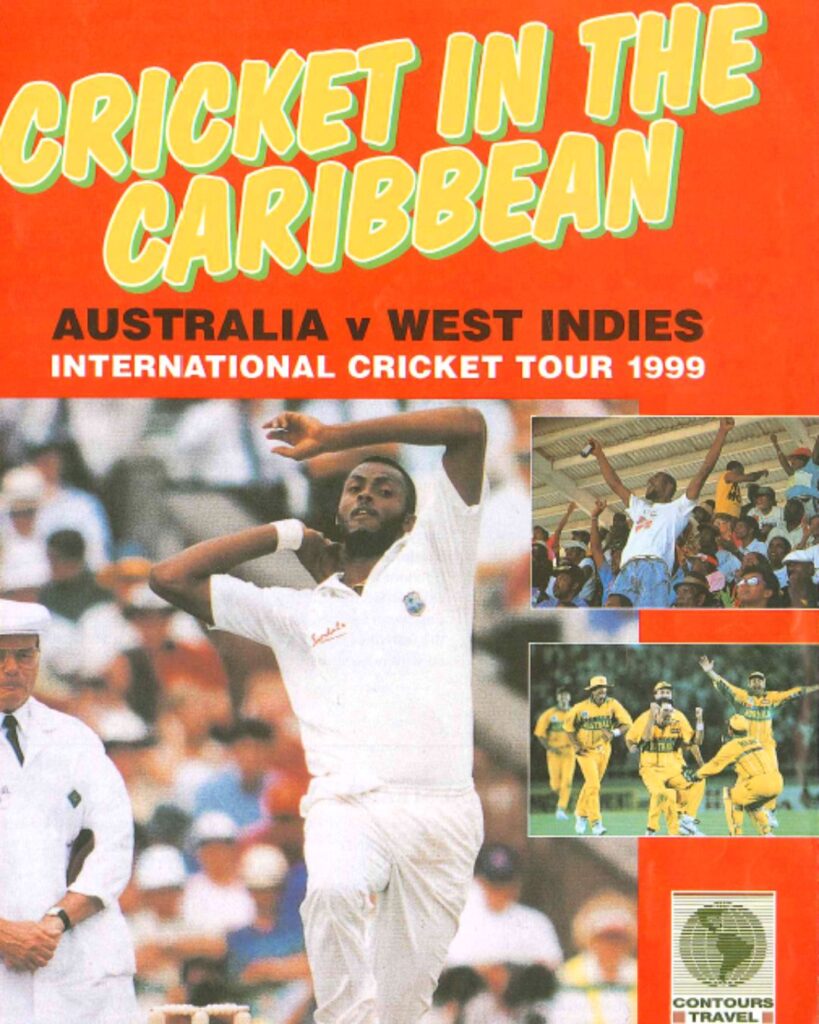
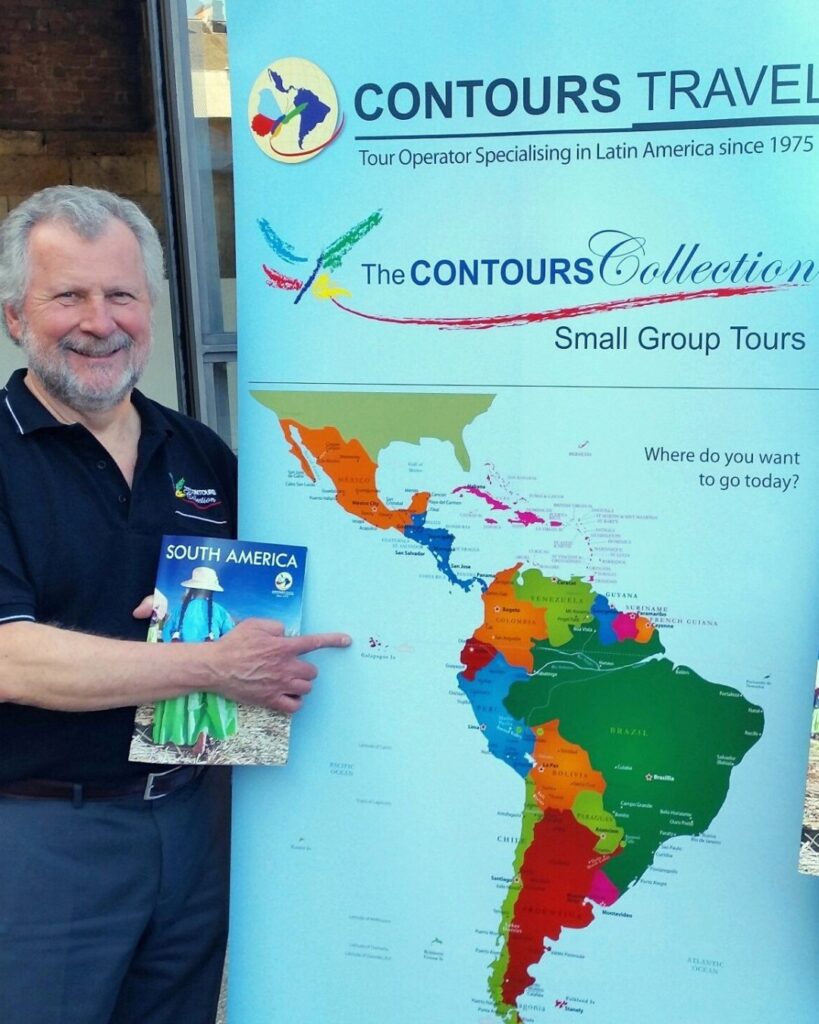
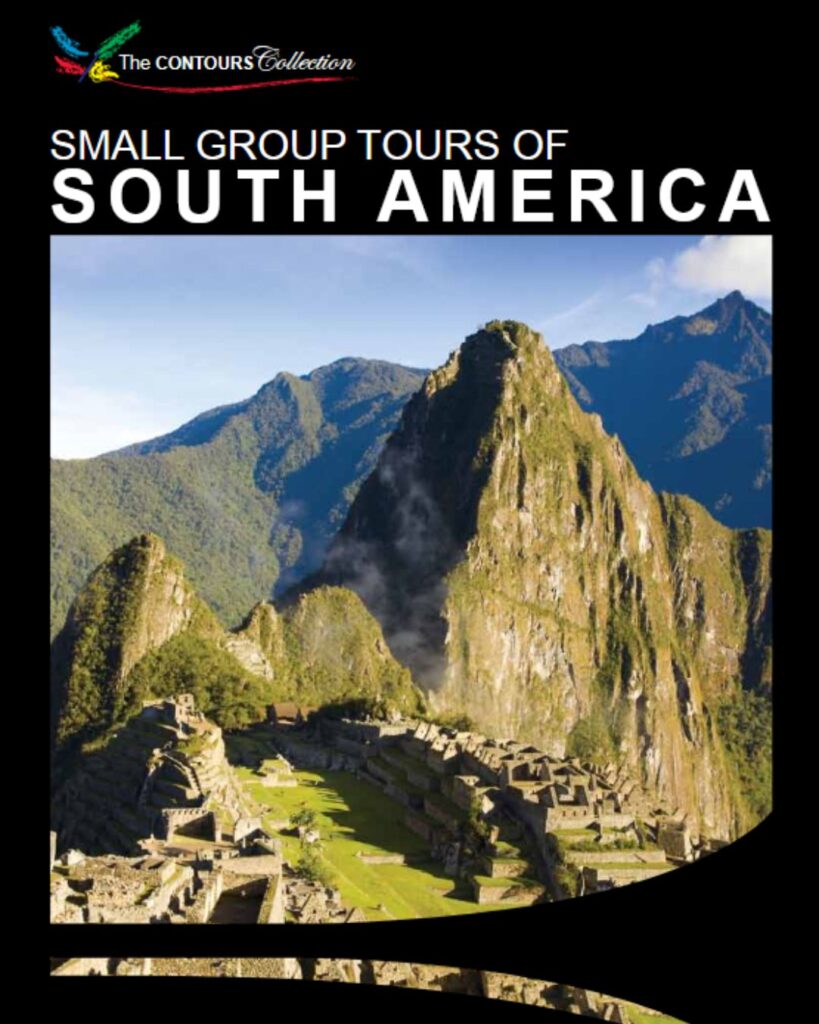
Q. Where do you see the travel industry heading in the next decade? What advice would you give to someone planning a holiday, or, to someone entering the travel industry?
Ted: I wish I knew where the travel/tourism industry was heading. I would love for it to be “less is best.” We don’t need thousands of tourists in one place at the same time. Look at what’s happening in some popular European destinations: the locals are revolting against it!
And for those entering the travel industry today – we should help clients plan holidays along the “roads less travelled,” meet with the locals, share stories and experiences. We should get involved with local community projects like sanitation, health, clean water, education, well-being, and clothing for children. It’s a great industry we work in because it’s a people-to-people relationship, starting with your local travel advisor all the way through to making new friend(s) overseas.
Thank you Ted, for your words of wisdom and we look forward to more exciting stories over this year as we celebrate with you a milestone achievement in travel.
We are pairing up with our industry suppliers and partners to celebrate our 50th birthday party, with some genuinely fantastic exclusive offers. So stay tuned all throughout 2025 for some incredible opportunities to save, upgrade and in general get more from your trip to South America, , Mexico, Central America and Antarctica.
